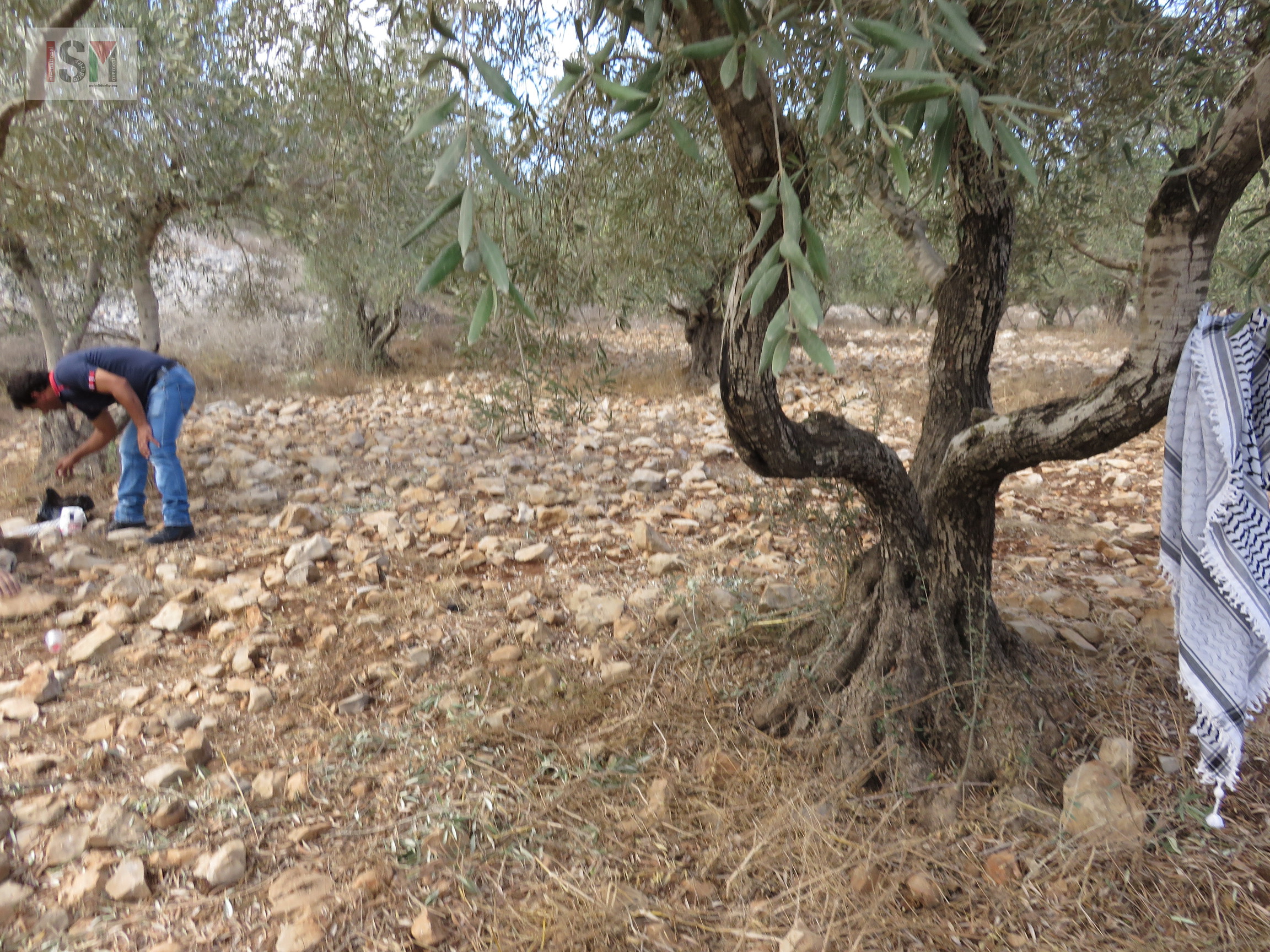-
First aid crews need your support to save lives!
9th November 2015 | International Solidarity Movement, Huwara Team | occupied Palestine On October 30th 2015, Israeli forces shot at one of Fadi’s ambulances which resulted in the windows of one of the ambulances being broken alongside other damages. As Israeli aggression towards Palestinians escalates during confrontations, medical aid such as that provided […]
-
URGENT ALERT: Shuhada Street, Tel Rumeida declared ‘Closed Military Zone’; human rights activists expelled; homes raided
8th November 2015 | International Solidarity Movement, Al-Khalil team | Hebron, occupied Palestine The International Solidarity Movement (ISM) urges the international community to take immediate and urgent action against the Israeli occupation forces’ recent declaration of the Tel Rumeida neighborhood and Shuhada street in downtown Hebron as a closed ‘Closed Military Zone.’ On November 1st, […]
-
Help ISM continue our work!
Friends, the last month has been a morbid display of Israeli force in the Occupied Palestinian Territories. The number of killings, injuries, and arrests of Palestinians is rising so rapidly that it is becoming increasingly difficult to clarify one extrajudicial execution from another. Two of these murders of unarmed youth occurred directly in front of […]
Action Alert An Nabi Saleh Apartheid Wall Arrests BDS Bethlehem Bil'in Cast Lead Demonstration Denial of Entry Ethnic Cleansing Farmers Gaza Global Actions Hebron House Demolition International law Israeli Army Jerusalem Live Ammunition Nablus Ni'lin Prisoner Ramallah Rubber-coated steel bullets Settlement Settlers Settler violence Tear-Gas Canister Video



